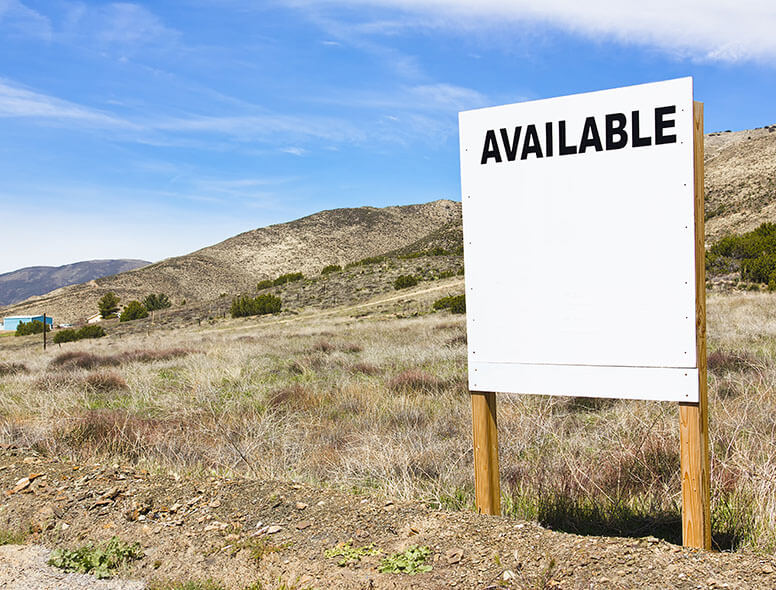Picture forty acres of tall grass prairie just beyond your back fence. The birds chirping greet you in the morning. The frogs croaking lull you to sleep at night. The deer nibble your shrubs through the fence. It’s your little piece of paradise.
There is only one problem: Someone else owns it.
One day you see a yellow sign posted “Development Proposal Under Review for This Property.” For thirty years, you have walked your dog through the unmanicured cottonwood trees, and children have played within their shade. Now someone is threatening to take that away.
The fear sets in. Your mind flashes with images of pollution and pavement replacing your Truffula tree forest just so someone else can make Thneeds.
On the other side of town, a single mom and her two children are living in her friend’s basement. She is a school teacher making $42,000 per year. After daycare, health insurance, and groceries, she is left with $3,600 for rent for the entire year. Without help from her friends she would be without a home.
This woman dreams of owning a small two-bedroom condo where her boys could share a bedroom rather than a pull-out couch. But she lives in Fort Collins, where the median rent is over $1,300 per month. The thought of saving for a down payment is simply impossible.
She drifts off to sleep afraid that she will never have a place of their own.
What do these stories have to do with each another? Well, one potential solution for decreasing housing prices is more local supply to keep up with the demand, then competition increases and prices decrease.
But where should all that the new construction take place?
That’s the question the City of Fort Collins’ Planning Department works tirelessly to answer as it works to guide future development.
The planners work within the scope of the City’s growth management area, which provides a hard line of where the future City Limits will end. They turn to the City’s structure plan, which shows future housing densities and commercial areas. They look at the City’s zoning map, which shows current allowed density. They consider the subarea plans, which explain the big picture ideas of an area. They look up the parks and recreation and open space master plans.
All of these documents are guides for development to provide more predictability to the process. Neighbors can view these documents to see if the wide-open spaces near their home are going to stay open or are planned for development. So, it shouldn’t be a surprise when people see development plans … shouldn’t be, but change is never easy.
The long-term residents living next to a developable forty acres of open land typically are afraid of traffic, noise, light, and reduction of property values.
So, how do you mitigate these fears and help supply housing?
The first step is listening. Not just hearing people speak but actually listening to their concerns.
The second step is education. Educate the public on the planning process and governing rules of the land.
Third is compromise. The new housing development can provide a design that exceeds the Land Use Code rules to mitigate impacts on the existing homes with minimal cost implications.
A project’s outcome is always better when people can have constructive discussions and open lines of communication. I have never met a client who doesn’t honestly believe that their project will improve the lives of people.
In a perfect world, we can maintain the feel of the open spaces for the existing neighbors while providing much needed housing for those currently priced out of the neighborhood.
